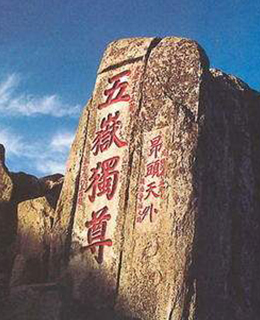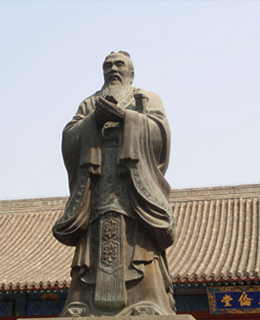Discovery Qingdao is a professional Qingdao based tour operator specialized on tailor-made tours for individuals and groups in Shandong. As the branch of the China International Travel Service Limited (QingDao), it was founded in 2007.
Read More
Qingdao is a lovely city to visit, also to live.

Laoshan Mountain’s nickname is the "No.1 Mountain on the sea"

While walking alone the Yingkou Lu Market, you’ll see how locals live in the Qingdao

This tour takes you to visit some most famous scenics in Qingdao
City Tour
Laoshan Mountain
Wet Market
One Day Tour
Five Days
Ten Days







